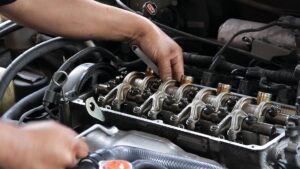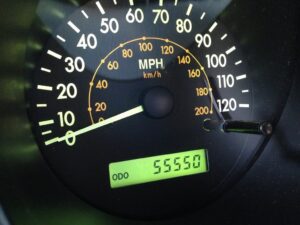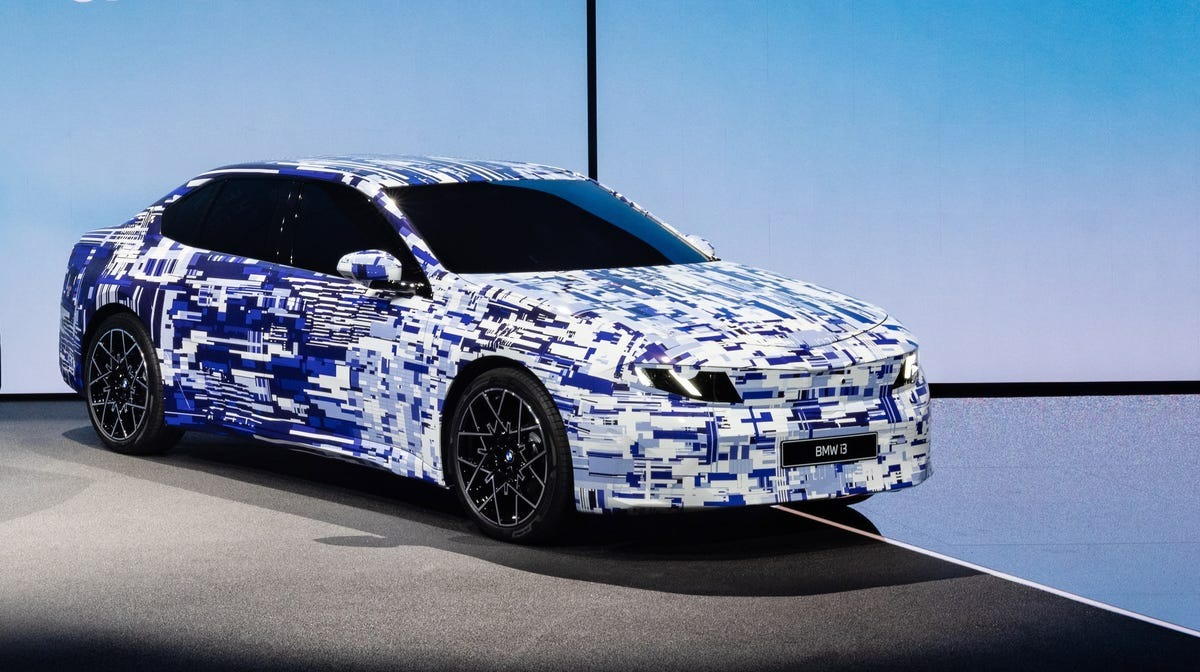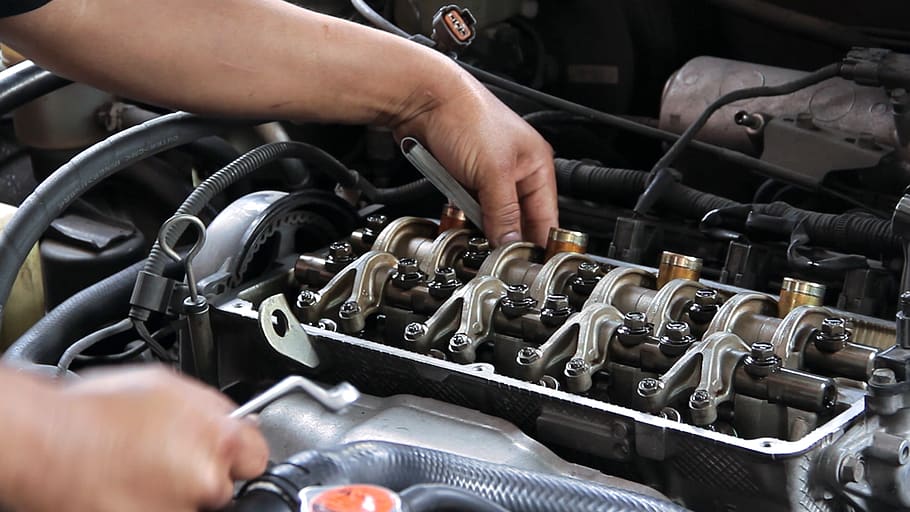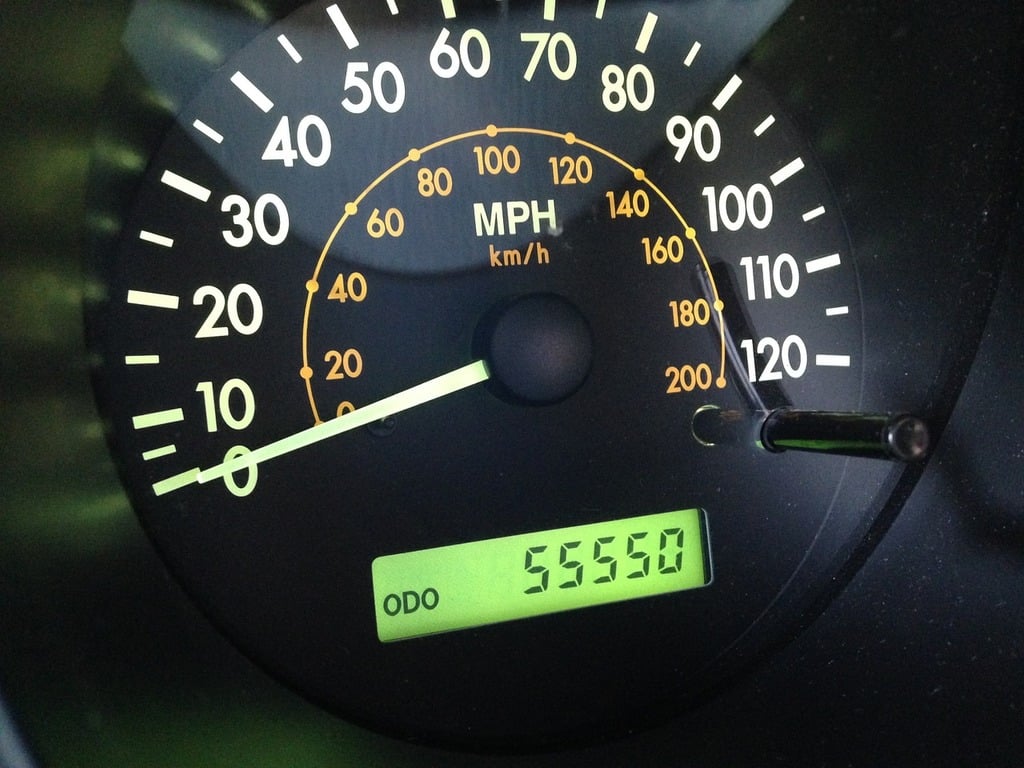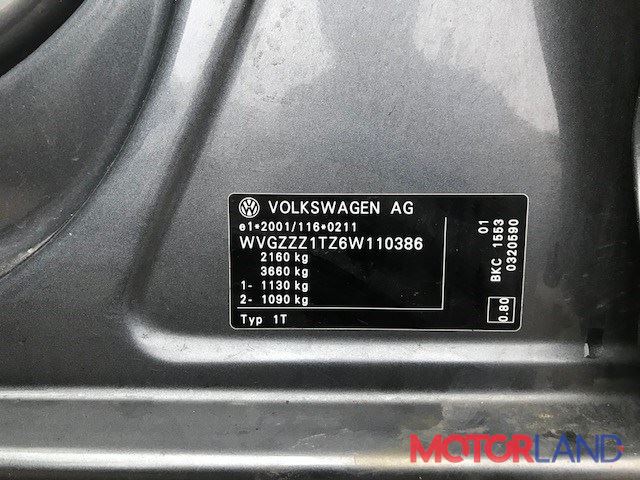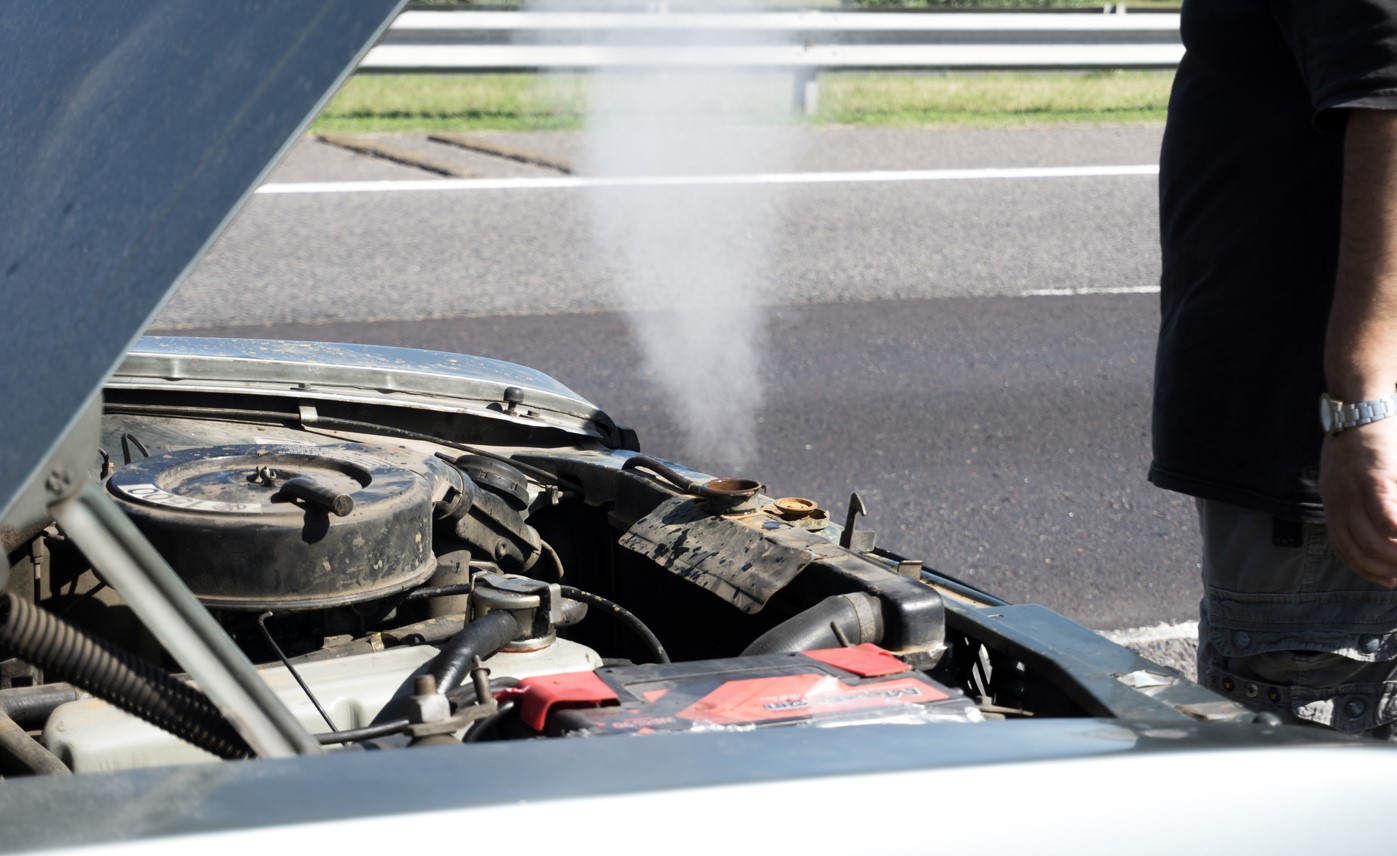So, you’ve been wrenching on your ride, chasing that extra horsepower, that perfect exhaust note, that edge. But then, BAM! The dreaded Check Engine Light (CEL) illuminates your dashboard like a beacon of automotive shame. We’ve all been there. Tuning mistakes are a common culprit, and understanding why they trigger CELs is crucial for any tuner, gearhead, or speed freak. This isn’t just about clearing the code; it’s about understanding the underlying issues and preventing them in the first place. Are you tired of chasing phantom codes? Do you want to unlock your car’s potential without turning your dashboard into a Christmas tree? Then buckle up, because we’re diving deep into the world of tuning mistakes and how they trigger those pesky CELs.
Key Takeaways:
- Understand the Basics: Learn the fundamental reasons why tuning errors lead to CELs.
- Importance of Precision: Recognize the critical role of accurate data and careful adjustments in tuning.
- Practical Strategies: Implement proven methods to avoid common tuning pitfalls.
- Expert Insights: Benefit from real-world examples and expert advice to optimize your tuning process.
Understanding the Basics of Tuning Mistakes That Trigger CELs
At its core, a CEL is your car’s way of saying, “Hey, something’s not right!” Your car’s ECU (Engine Control Unit) constantly monitors various sensors, comparing their readings to pre-programmed parameters. When a sensor reading falls outside the acceptable range, the ECU throws a code and illuminates the CEL. Tuning mistakes often disrupt these parameters. For example, let’s say you’re trying to increase boost on your turbocharger without properly adjusting the fuel mixture. The engine might run lean (too much air, not enough fuel), which can trigger a CEL related to the oxygen sensors or fuel trims. Think of it like this: your engine is a finely tuned orchestra, and the ECU is the conductor. A tuning mistake is like a musician playing the wrong note – the conductor (ECU) notices and signals an error (CEL).
Importance and Implications
Why should you care about tuning mistakes and CELs? Beyond the annoyance of a lit-up dashboard, these errors can have serious consequences. A lean condition, as mentioned earlier, can lead to detonation (engine knocking), which can damage pistons, valves, and even the engine block. Ignoring CELs can also mask more significant problems, leading to costly repairs down the road. Furthermore, a poorly tuned engine can suffer from reduced performance, poor fuel economy, and increased emissions. For the gearhead who demands peak performance and reliability, avoiding tuning mistakes is paramount. It’s the difference between a screaming machine and a ticking time bomb.
Practical Applications or Strategies
So, how do you avoid these tuning pitfalls? Here are some practical strategies:
- Data Logging is Your Friend: Before making any changes, log your engine’s parameters (AFR, boost, timing, etc.). This provides a baseline for comparison and helps you identify potential issues.
- Start Small, Test Often: Make incremental changes and monitor the results. Don’t try to overhaul your entire tune in one go.
- Invest in Quality Tools: Use a reliable tuning software and a wideband oxygen sensor for accurate AFR readings.
- Research, Research, Research: Understand the implications of each parameter you’re adjusting. Don’t blindly copy tunes from the internet.
- Don’t Ignore the Basics: Ensure your engine is in good mechanical condition before tuning. Address any underlying issues (leaks, worn components) first.
- Seek Professional Help: If you’re unsure, consult with an experienced tuner. They can provide valuable guidance and prevent costly mistakes.
Expert Insights or Case Studies
I once worked on a project car, a heavily modified Subaru WRX, where the owner had attempted to tune the car himself after installing larger injectors and a bigger turbo. He ended up with a CEL related to fuel trims. After reviewing his logs, it was clear he hadn’t properly scaled the injectors, causing the ECU to overcompensate and throw the code. By correctly scaling the injectors and fine-tuning the fuel map, we were able to eliminate the CEL and unlock the car’s full potential. This highlights the importance of understanding the specific requirements of each modification and making accurate adjustments.
Understanding Fuel Trims
Fuel trims are the ECU’s way of compensating for deviations from the target air-fuel ratio (AFR). Short-term fuel trims (STFT) react quickly to immediate changes, while long-term fuel trims (LTFT) adjust more slowly to long-term trends. High positive fuel trims indicate a lean condition (the ECU is adding fuel), while high negative fuel trims indicate a rich condition (the ECU is removing fuel). Monitoring fuel trims is crucial for identifying potential issues, such as vacuum leaks, faulty sensors, or incorrect injector scaling. Ideally, fuel trims should be close to zero. Large deviations can trigger CELs and indicate a problem that needs to be addressed.
Conclusion:
Tuning your car can be a rewarding experience, unlocking hidden performance and transforming your driving experience. However, it’s crucial to approach tuning with caution and a thorough understanding of the underlying principles. By avoiding common tuning mistakes and paying attention to the signals your car is sending (like that pesky CEL), you can achieve your performance goals without sacrificing reliability or risking engine damage. So, go forth, tune responsibly, and keep those CELs at bay!
Frequently Asked Questions:
What is Tuning Mistakes That Trigger CELs?
Tuning mistakes that trigger CELs refer to errors made during the process of modifying a vehicle’s engine control unit (ECU) parameters, leading to diagnostic trouble codes and the illumination of the Check Engine Light.
Why is Tuning Mistakes That Trigger CELs important for Tuners, gearheads, speed freaks?
Avoiding these mistakes is crucial for maintaining engine health, optimizing performance, and preventing costly repairs. A CEL can indicate serious underlying issues that, if ignored, can lead to significant damage.
How can I apply the concepts of Tuning Mistakes That Trigger CELs in my context?
Start by thoroughly researching the modifications you’re making, logging data before and after changes, making incremental adjustments, and using reliable tuning tools. If you’re unsure, seek professional help.
Where can I learn more about Tuning Mistakes That Trigger CELs?
Online forums, tuning communities, and reputable tuning shops are excellent resources. Consider taking courses or workshops on engine tuning to deepen your knowledge.



